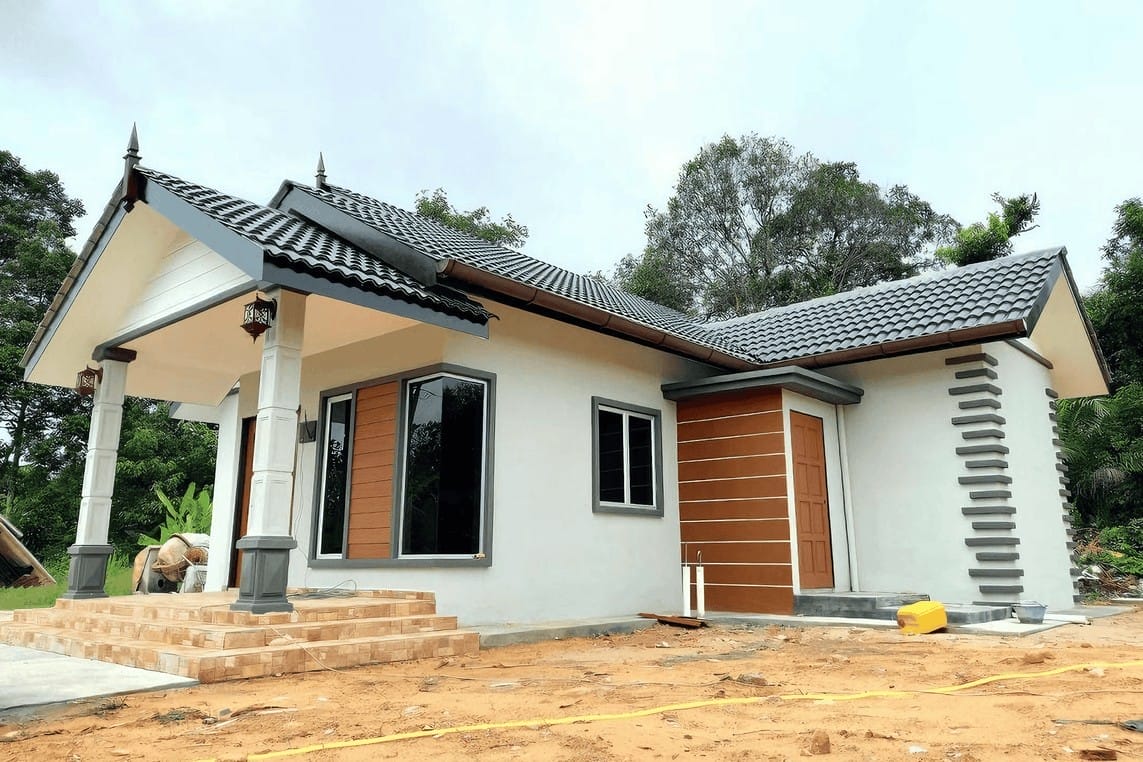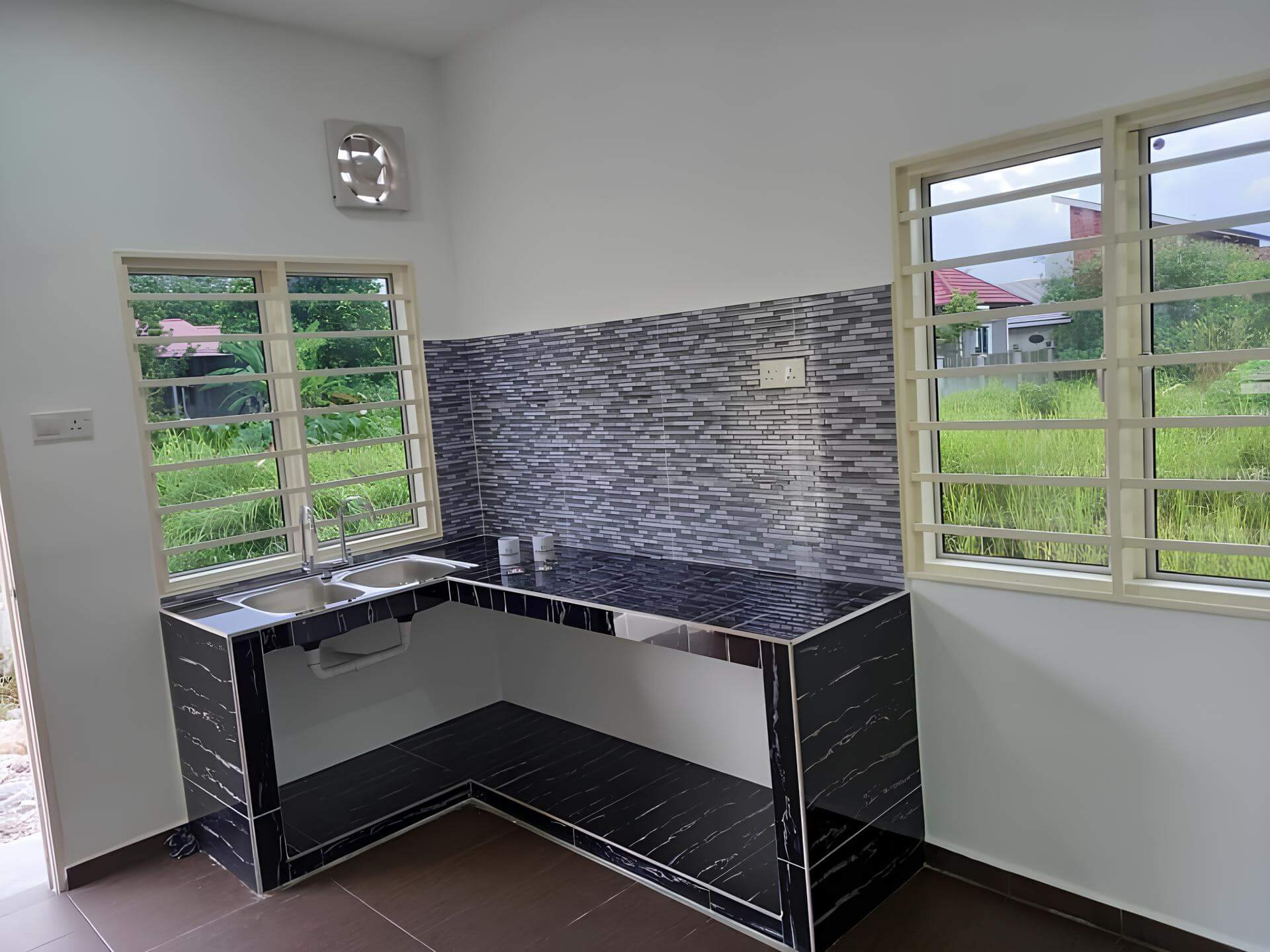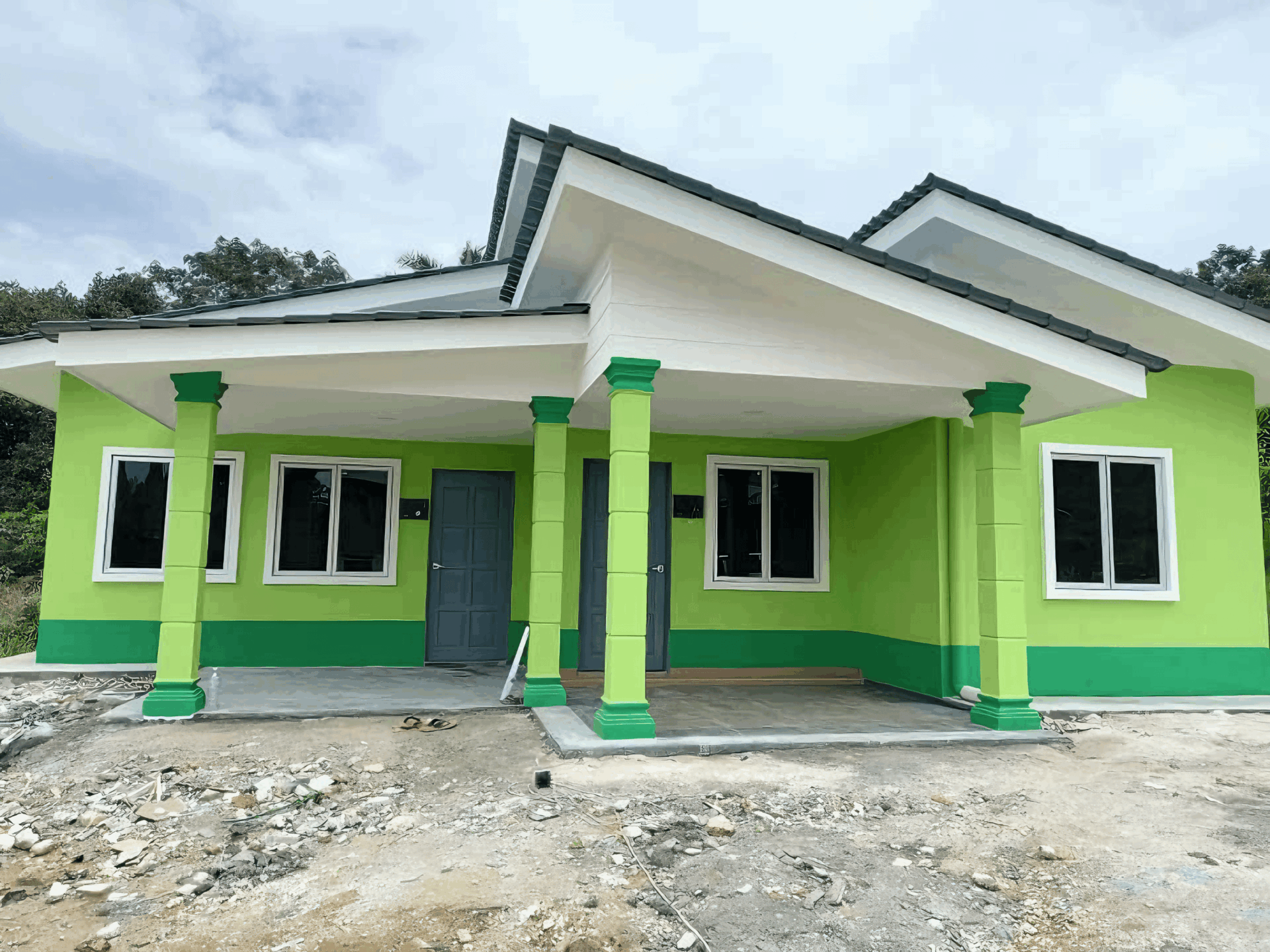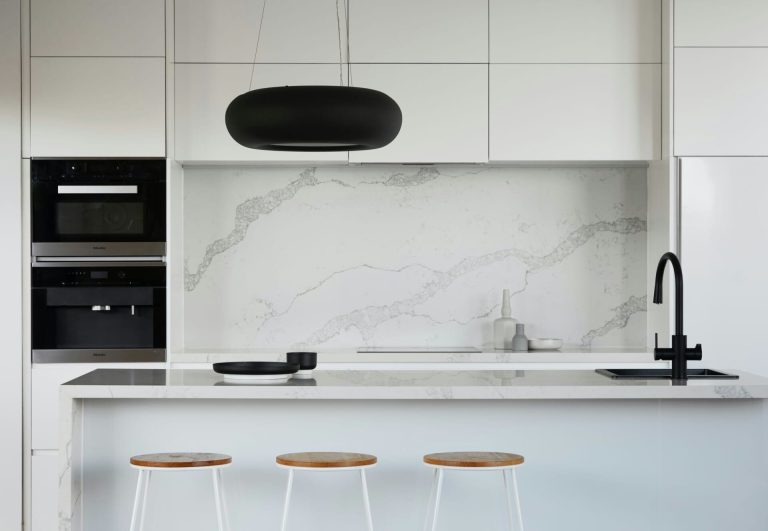A Guide to Proper Door and Window Installation for Home Security
When it comes to safeguarding our homes, the adage “the best defense is a good offense” rings especially true. Our doors and windows are the primary barriers between our safe haven and the outside world, making proper installation critical to maintaining a secure environment. Whether you’re a seasoned DIY enthusiast or a first-time homeowner, understanding the nuances of door and window installation is paramount to enhancing your home’s security profile.
This comprehensive guide aims to walk you through the essential steps, best practices, and vital considerations for ensuring that your doors and windows are not only aesthetically pleasing but also function as robust fortifications against unwanted intrusions. We will explore various types of doors and windows available in the market, the materials that offer the best protection, and the common pitfalls to avoid during installation. Furthermore, we will delve into how even the slightest misalignment or improper sealing can create vulnerabilities, inviting potential breaches into spaces meant to shield us from harm.
In a world where home security is more important than ever, arming yourself with knowledge about proper installation techniques can make all the difference. Join us as we unlock the secrets to fortifying your entry points, enabling you to breathe easier in the knowledge that your home is a sanctuary, not just a dwelling. The journey to enhanced security begins at your doors and windows—let’s ensure they serve you well.
Understanding the Importance of Secure Installations for Safety Enhancement
Securing your home begins with understanding that the integrity of installations plays a pivotal role in enhancing safety. Well-installed doors and windows act as the first line of defense against intruders and environmental dangers. Homeowners often overlook the importance of these installations, focusing instead on alarms or surveillance systems. However, the foundation of a secure space starts with the proper fitting of doors and windows to ensure that they can withstand potential break-ins and adverse weather conditions.
The effectiveness of locks and latches is considerably increased when paired with quality installations. A few factors to consider for securing installations include:
- Choosing materials that are resilient and tamper-resistant.
- Ensuring proper alignment and fitting of frames to prevent gaps.
- Selecting appropriate locking mechanisms tailored to the home’s specific vulnerabilities.
Moreover, regular maintenance and inspections can enhance the longevity and reliability of your installations. Consider these routine checks:
| Inspection Type | Frequency | Key Actions |
|---|---|---|
| Visual Check | Monthly | Look for gaps and signs of wear. |
| Hardware Functionality | Quarterly | Test locks and handles for smooth operation. |
| Weatherproofing Assessment | Annually | Inspect seals and weather stripping for damage. |
By prioritizing secure installations and ongoing evaluations, homeowners can create a safer living environment that not only deters intruders but also withstands the elements. Ensuring that doors and windows are installed correctly protects both the physical structure of the home and enhances the tranquility of its occupants.

Choosing the Right Materials for Doors and Windows: A Security Perspective
When it comes to securing your home, the choice of materials for doors and windows plays a pivotal role. Steel, fiberglass, and solid wood are among the most recommended materials for external doors. Steel doors provide a level of resistance that is hard to breach, while fiberglass doors can mimic wood’s aesthetic appeal while offering enhanced durability and insulation. Solid wood doors, when crafted properly, offer natural strength and can be fortified further with quality deadbolts. Consider the following benefits of these materials:
- Steel: Highly resistant to impact and forced entry
- Fiberglass: Energy-efficient and resistant to warping and cracking
- Solid Wood: Provides a classic look and can be reinforced with additional hardware
For windows, selecting the right materials is equally crucial in fortifying home security. Laminated glass and tempered glass are two materials known for their strength. Laminated glass consists of multiple layers, making it difficult to shatter, while tempered glass is treated to resist impact. Both options provide higher security compared to standard glass. An effective window security strategy may include the following components:
- Reinforced frames: Choose aluminum or vinyl frames that resist bending or breaking.
- Secure locking mechanisms: Install multi-point locks for added security.
- Window grills: Consider adding decorative yet secure iron grills for additional protection.
| Material Type | Security Benefit | Cost Range |
|---|---|---|
| Steel Door | High impact resistance | $$$ |
| Fiberglass Door | Difficult to break, good insulation | $$ |
| Laminated Glass | Shatter-resistant | $$$ |
| Tempered Glass | Enhanced impact resistance | $$ |
By carefully selecting the right materials for both doors and windows, homeowners can significantly enhance their security posture. It’s important to weigh the benefits against cost and aesthetics to find the best fit for your home. Ultimately, ensuring that your choices align with both security requirements and your architectural vision will lead to a comprehensive and effective approach to home defense.

Techniques for Ensuring a Tight Seal and Optimal Locking Mechanisms
To ensure maximum security, proper sealing and effective locking are essential during door and window installations. A tight seal not only helps prevent unauthorized access but also enhances energy efficiency by reducing drafts. Weather stripping serves as a fundamental component in achieving this goal, providing a barrier against air and moisture. It can be made from various materials, such as foam, rubber, or vinyl, each offering distinct advantages in durability and insulation.
When it comes to locking mechanisms, choosing the right hardware is crucial. Deadbolts offer superior strength compared to standard spring bolt locks and are recommended for exterior doors. Additionally, multi-point locking systems, which secure the door at multiple points along the frame, can significantly enhance security by distributing force more evenly. It’s important to match the locking mechanisms to the type and thickness of your door to ensure that they work effectively. Below is a simple comparison of common locking mechanisms:
| Lock Type | Security Level | Best For |
|---|---|---|
| Deadbolt | High | Exterior Doors |
| Spring Bolt | Low | Interior Doors |
| Smart Lock | Varied | Homes with Automation |
| Multi-point System | Very High | All Entry Points |
Lastly, regular maintenance of both seals and locking mechanisms guarantees their longevity and optimal performance. Inspect hinges for corrosion and apply lubricant to maintain smooth operation. Check seals for wear and replace them promptly to avoid potential security gaps. By prioritizing these techniques during installation, homeowners can create a more secure environment that withstands both natural elements and unwanted intruders.

Maintenance Tips for Long-Lasting Security and Performance
Ensuring that your door and window installations maintain their security and performance over time requires regular attention and care. Start by inspecting your frames and seals at least every six months. Look for signs of wear, such as cracks, gaps, or looseness, which can compromise both your energy efficiency and safety. Ensure that the materials used, such as weather stripping and caulking, remain intact to prevent unwanted drafts and leaks.
Another crucial aspect of maintenance is the hardware checks. Frequently examine hinges, locks, and handles for functionality. Lubricate moving parts to prevent them from seizing, and replace any rusted or damaged components immediately. Although they might seem minor, these little details play a significant role in the overall performance and security of your home. Here’s a quick checklist to follow:
- Check locks for proper engagement.
- Test sliding mechanisms for smooth operation.
- Inspect weather stripping and replace if worn.
- Ensure glass panes are free from cracks or chips.
Moreover, consider seasonal adjustments tailored to your region’s climate. For instance, storm windows or doors can provide extra protection during harsher weather conditions. When high winds are expected, make sure to reinforce your installations. Below is a simple table outlining seasonal maintenance tasks:
| Season | Maintenance Task |
|---|---|
| Spring | Clean and inspect weather stripping. |
| Summer | Lubricate locks and hinges. |
| Fall | Check seals and apply fresh caulk. |
| Winter | Inspect for ice buildup and test door operation. |
Q&A
Q&A: A Guide to Proper Door and Window Installation for Home Security
Q: Why is door and window installation important for home security?
A: Proper installation of doors and windows is crucial for home security as they are often the first line of defense against intruders. A well-installed door or window not only deters break-ins but also ensures that the fixtures function as intended, meaning they close securely and can withstand force.
Q: What are the common mistakes people make during installation?
A: Common mistakes include not sealing gaps properly, skipping the installation of security features like deadbolts or window locks, and choosing materials that do not match the climate—such as wooden doors that can warp. Additionally, incorrect measurements can lead to poor fitting, creating weak points for potential intruders.
Q: What type of door is best for security?
A: A solid-core door is typically the best choice for security, as it is stronger than hollow-core doors. Steel doors offer even greater protection, while fiberglass doors can provide a good balance of insulation and durability. Always ensure that the door frame and hinges are robust and installed securely, as these are crucial components for effective security.
Q: How can I improve the security of my windows?
A: To bolster window security, consider using reinforced glass or window film to make breakage more difficult. Additionally, install locks that are keyed or sash locks, adding window bars for an extra layer of protection—especially on ground-level windows. Proper installation is essential to ensure that the windows cannot be easily pried open.
Q: What is the role of weather stripping in door and window installation?
A: Weather stripping serves a dual purpose: it not only enhances energy efficiency by preventing drafts but also adds a layer of difficulty for anyone trying to pry a door or window open. Ensuring that weather stripping is installed properly can reduce points of vulnerability around your doors and windows.
Q: Are there specific tools needed for safe installation?
A: Yes, having the right tools is key. Essential tools often include a level, drill, measuring tape, screwdriver, pry bar, and chisel. Safety gear such as gloves and goggles can also be beneficial, especially when handling glass or operating power tools.
Q: What are some tips for DIY door and window installation?
A: Begin by carefully measuring the door or window frame to ensure a proper fit. It’s advisable to watch installation videos or read instruction manuals specific to the products you’re using. Work slowly, use quality materials, and don’t hesitate to ask for help from someone with experience if you’re unsure. always check for local building codes or regulations that might apply.
Q: How can I know if my doors and windows need to be replaced?
A: Signs that your doors and windows may need replacement include difficulty opening or closing, visible damage such as cracks or rot, air drafts around the edges, or outdated locks that may not meet current security standards. If you notice any of these issues, it might be time to assess their security effectiveness and consider replacement options.
Q: Should I consider professional installation?
A: While DIY installation can be rewarding, professional installation is generally recommended if you’re not confident in your skills or if you’re dealing with high-end materials that require specialized knowledge. Professionals will not only ensure a secure installation but may also offer warranties or guarantees on their work, further enhancing your home security.
Q: What’s the takeaway from this guide?
A: The key takeaway is that investing time and effort into the proper installation of doors and windows can significantly enhance your home’s security. By avoiding common pitfalls, choosing the right materials, and considering professional help, you can create a stronger barrier against potential threats while boosting the overall integrity of your home.
The Way Forward
As we conclude our guide to proper door and window installation for enhancing home security, it’s clear that the strength of a home often lies in its entry points. By investing time, effort, and perhaps a little professional guidance into the meticulous installation of your doors and windows, you are not just fortifying your property but also your peace of mind. Remember, a well-secured home is not simply a fortress; it’s a sanctuary where you and your loved ones can thrive without the shadow of uncertainty.
Whether you’re a DIY enthusiast or someone considering hiring a professional, the steps outlined herein can empower you to take control of your home’s safety. As you embark on this crucial project, keep in mind that every secure door and every properly sealed window is a part of a larger promise: the promise of security, comfort, and resilience.
So gather your tools, educate yourself further, and take that step toward safeguarding your haven. After all, when it comes to home security, the best defense is always a good offense. May your home remain a safe harbor for you and your family, both now and in the years to come.



